The Great Wildebeest Migration in the Serengeti is one of Earth’s most awe-inspiring wildlife spectacles. It’s a year-round journey, and each month brings its own unique experiences as millions of wildebeests, zebras, and other animals move in search of food and water. Let’s explore this remarkable phenomenon month by month and where you can witness it:
January – March: The Calving Season in Ndutu.
At the start of the year, the Great Migration gathers in Ndutu and the Southern Serengeti for the calving season, where around 8,000 calves are born daily, totaling over half a million in just 2–3 weeks. The nutrient-rich grasses provide food for mothers, while the soft plains help calves take their first steps. Within minutes of birth, calves are on their feet, ready to evade predators like lions, cheetahs, and hyenas. Witnessing these tiny wildebeests wobble through their first moments of life is both tender and unforgettable.
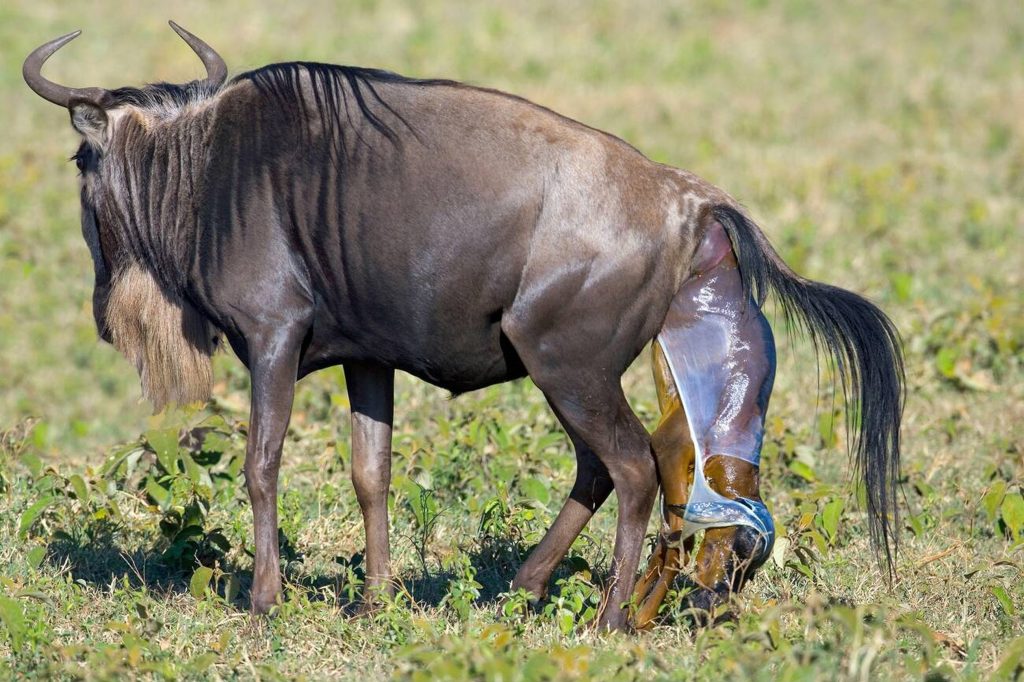
April – May: Heading North Through the Central Serengeti.
As the rains begin to fade, the wildebeest herds start their epic northward migration. By April, they move through the central Serengeti, crossing rivers like the Seronera and navigating the expansive, refreshed green plains. These months are alive with movement and energy, offering photographers and safari-goers spectacular opportunities to witness dramatic river crossings and the dynamic rhythm of life on the Serengeti plains.

June – July: Western Serengeti & Grumeti River Crossings.
By June and July, the herds reach the western corridor of the Serengeti, moving toward the Grumeti River, where enormous crocodiles lie in wait. These dramatic river crossings are intense and thrilling, attracting safari enthusiasts eager to witness thousands of wildebeest and zebras navigate this perilous journey. The combination of predator encounters, high-energy movement, and the dry-season landscapes makes this one of the most spectacular moments of the migration.

August: Mara River Crossings in the Northern Serengeti.
By August, the herds reach the northern Serengeti, preparing for the iconic Mara River crossings into Kenya’s Maasai Mara. Crocodiles snap at wildebeests and zebras as they leap into the river, creating dramatic struggles and triumphs that captivate safari-goers and wildlife photographers alike. This breathtaking spectacle showcases the courage, survival instincts, and raw power of the Great Migration.

September: Grazing in the Maasai Mara.
By September, the herds have largely crossed into Kenya’s Maasai Mara, spreading across the plains in search of fresh grazing. The dramatic river crossings continue, but the focus shifts to feeding and regrouping after the long journey. This period offers incredible opportunities to witness predator-prey interactions, with lions, cheetahs, and hyenas following the herds, and to experience the vast, golden landscapes of the northern migration grounds.

October – November: Returning South.
By October and November, the herds begin their southward journey back toward the central and southern Serengeti as the short rains arrive. The plains are lush and green, offering abundant grazing for wildebeest and zebras. Predator activity remains high, providing exciting wildlife encounters for safari-goers. This stage of the migration is calmer than the dramatic river crossings but offers incredible opportunities to witness the herds spread across the revitalized landscapes of the Serengeti.

December.
As the year comes to a close, the herds return to the southern plains of the Serengeti, where the cycle begins anew. The lush grazing lands are once again the center of attention as the wildebeests and zebras prepare for another birthing season.
In conclusion, to witness the Great Wildebeest Migration, you can explore various regions of the Serengeti and Maasai Mara throughout the year. Depending on the specific phase of the migration, you can choose between the southern plains, central Serengeti, western corridor, northern Serengeti, or the Maasai Mara in Kenya. Each location offers a unique perspective on this remarkable natural phenomenon, making it a once-in-a-lifetime experience for wildlife enthusiasts and photographers alike.
Are you excited to plan the safari of your dreams to see the Wildebeest migration? Go ahead we are ready to help





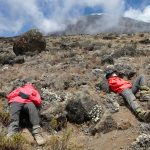









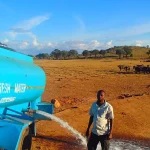
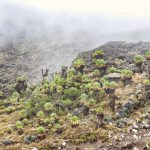






![How Did Mount Kilimanjaro Get Its Name? Meaning & History Explained [2025 Guide]](https://www.mateyswildtours.com/wp-content/uploads/2025/06/How-Did-Mount-Kilimanjaro-Get-Its-Name-Meaning-History-Explained-2025-Guide-150x150.jpeg)





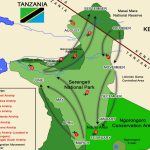















Your article helped me a lot, is there any more related content? Thanks!
Your point of view caught my eye and was very interesting. Thanks. I have a question for you.
Thank you so much for your kind words—I’m truly glad the article caught your attention! I’d be happy to answer your question—please feel free to ask.
Warm regards,
Philipo Justine
Thanks for sharing. I read many of your blog posts, cool, your blog is very good.
Thank you so much for your kind words and continued support—it truly means a lot to us! I’m glad to hear you’ve enjoyed reading many of our blog posts. We’re working hard to bring even more inspiring content your way, so feel free to subscribe to our newsletter for the latest stories, tips, and travel gems from Tanzania.
Karibu sana—this journey is just getting started! Tuko pamoja, and as we say here, asante kwa moyo wako wa safari! 🦁🌍
I simply could not go away your web site prior to suggesting that I really enjoyed the standard info a person supply on your guests Is going to be back incessantly to investigate crosscheck new posts
Thank you for taking the time to read our blog post! We’re thrilled to see your interest in our content. We invite you to stay tuned for more insightful posts in the future. For an unforgettable safari experience, don’t hesitate to book with Mateys Wild Tours. We look forward to welcoming you on an adventure of a lifetime! getintouch with us WhatsApp +255 692 706 078